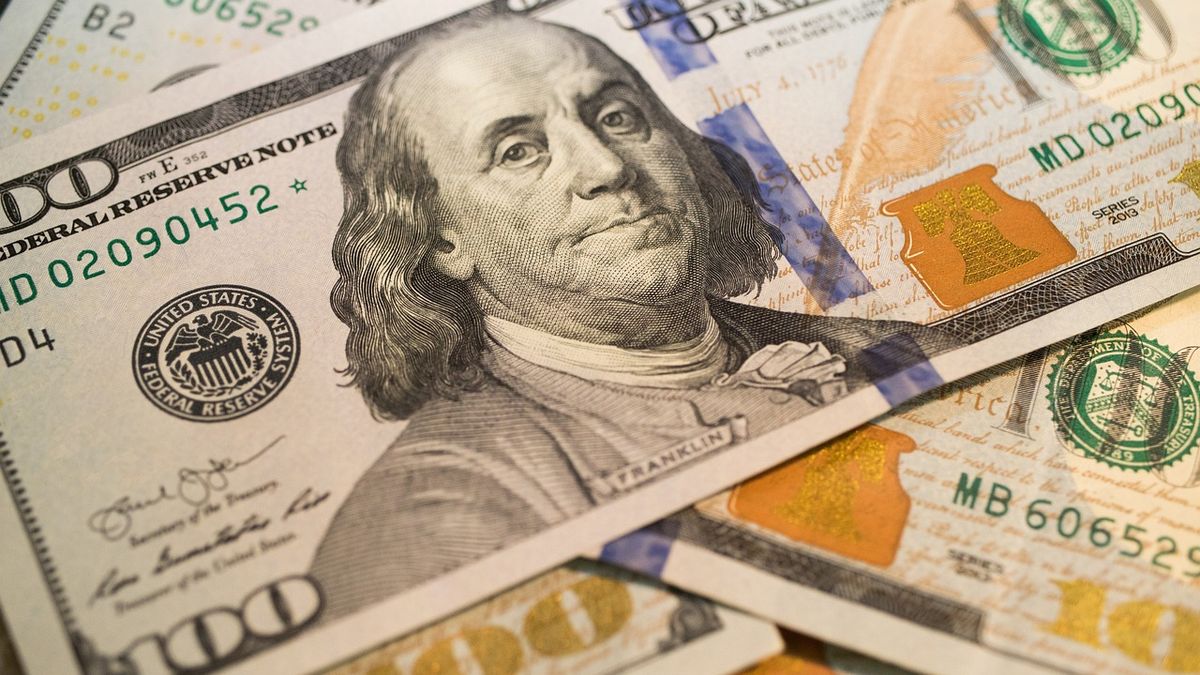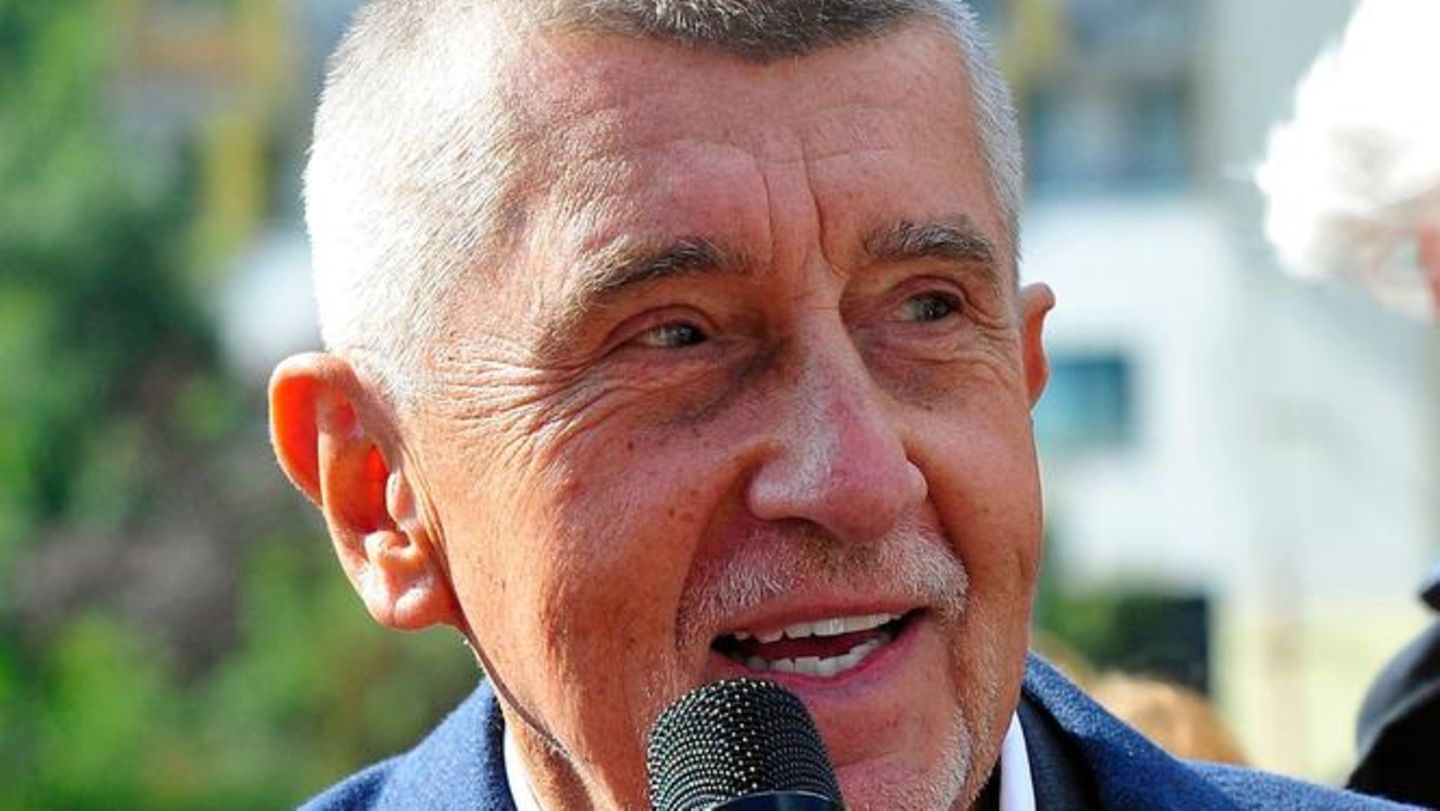The US currency fell back to the $37 range and monetary policy does not seem to be enough to reverse a major problem in the country.
He dollar in Uruguay fails to raise its head even after several days of apparent recovery after the announcement of the cut in interest rates by the central bank: after 15 days in the 38-peso range, at the close of yesterday’s trading it fell below this mark, which had remained stable during July.
The content you want to access is exclusive to subscribers.
the value of the dollar fell 0.24% in relation to the day on Wednesday and closed at 37,909 pesos, according to the price of the Central Bank of Uruguay (BCU). In this way, not only added its second consecutive day down, but also, He returned to the 37-peso rangesomething that had not happened since July 5.


The data, although it is not yet decisive —especially since, so far this month, the US currency accumulates a positive balance of 1.33%—, set off the alarm after what was a month of dismal performance in the exchange rate, with June reaching negative depreciation records and extreme alarm in the exporting sectors due to the constant loss of competitiveness.
Mainly, because the drop occurs after a brief “spring” in the exchange rate after the BCU rate cut, which seems to account for the fact that this tool to influence the exchange rate —although it is not its only objective—, is far from being the solution to a problem which strongly affects the economy of the country.
Monetary policy is not enough
Despite the slight optimism that began to appear after the cut in the Monetary Policy Rate (MPR), the dollar failed to rebound even half of its value lost in June. And the hope that monetary policy would be the answer —a feeling accompanied by the strong demand of the sectors most affected by the exchange rate delay and the loss of competitiveness— gradually faded along with a trend that did not become strictly bullish.
In this regard, the researcher at the Center for Development Studies (CED), Deborah Eilender, considered that the fact that the CPI stands at 5.98% year-on-year “gives room” for a new reduction in the TPM, but that “sometimes it is oversized” its impact on a possible correction of the deviation of the real exchange rate.
According to Eilender, there are “internal arguments and the international context” so that the dollar cannot be rehabilitated in 2023. “The exchange rate could rise somewhat, but in Uruguay it has been falling as in all of Latin America and in many emerging economies. The global trend is being followed and it is difficult for it to go against the tide of what is happening, ”she analyzed.
The economist admitted that the TPM “has an effect and should not be removed,” but questioned that “sometimes too much emphasis is placed on it.” Therefore, she listed other factors, such as “direct investment, which is at all-time highs”, as well as exports.
Source: Ambito




